Like many other consonant-rich cities and towns in Poland, non-Polish speakers browsing the map of Central Europe often query "how to pronounce 'Szczecin'?"
It goes like this: " SHCHET-cheen " (Go on, you got it!!).
However, Szczecin has been known by a handful of other names in its 1100+ year history. Most notably, Germany and Sweden still refer to this pitstop as ' Stettin ,' which we're sure most English-speakers would prefer today. The variations of placenames reflect the importance that this strategically-placed delta off the Baltic coast held for the key powers in Central Europe. Furthermore, it may have begun and ended as a Slavic centre, but between its first mention in the 8th century and the end of WWII, Szczecin/Stettin would change hands numerous times. Put simply: there's a reason why, today, Szczecin is just 14km from the border with Germany!
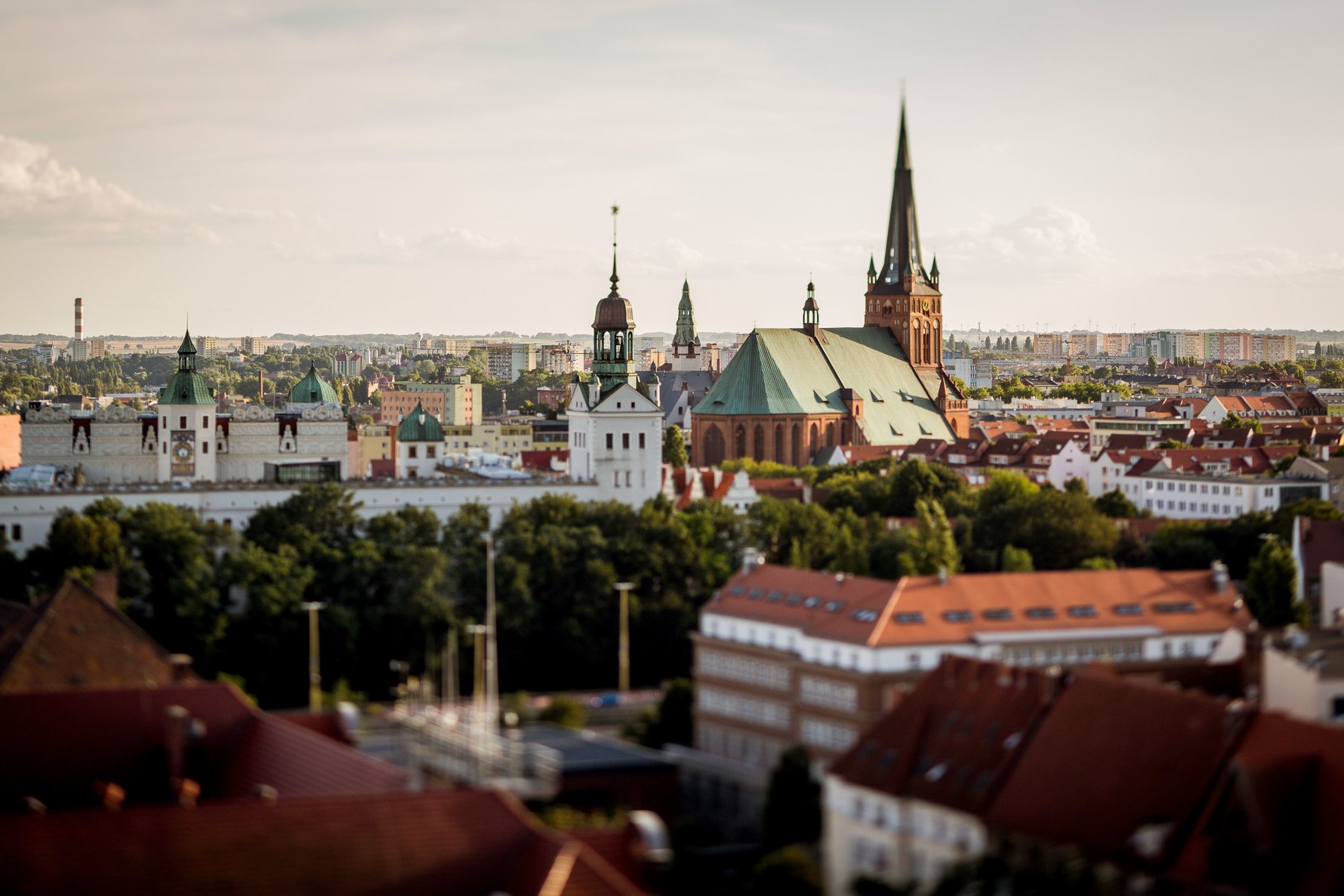
How Old Is Szczecin/Stettin?
Visitors heading to the city's 14th century
Ducal Castle
have the opportunity to peer back even further in time on the bottom floor, where a glass floor reveals the ruins of a stronghold that once stood on its hill location. This 8th century structure, the earliest known site in Szczecin, was constructed by Lechtic Pomeranians before the area had been christianised. In fact, the etymology of the name Szczecin' is most likely a reference to this landmark, as 'szczyt' in Old Slavic means 'shield' but also 'hill peak'. Overlooking the inlet of the lagoon and the West Oder River that empties into the Baltic sea, this was clearly an ideal strategic location, particularly for defending against any unwelcome visitors from the north.
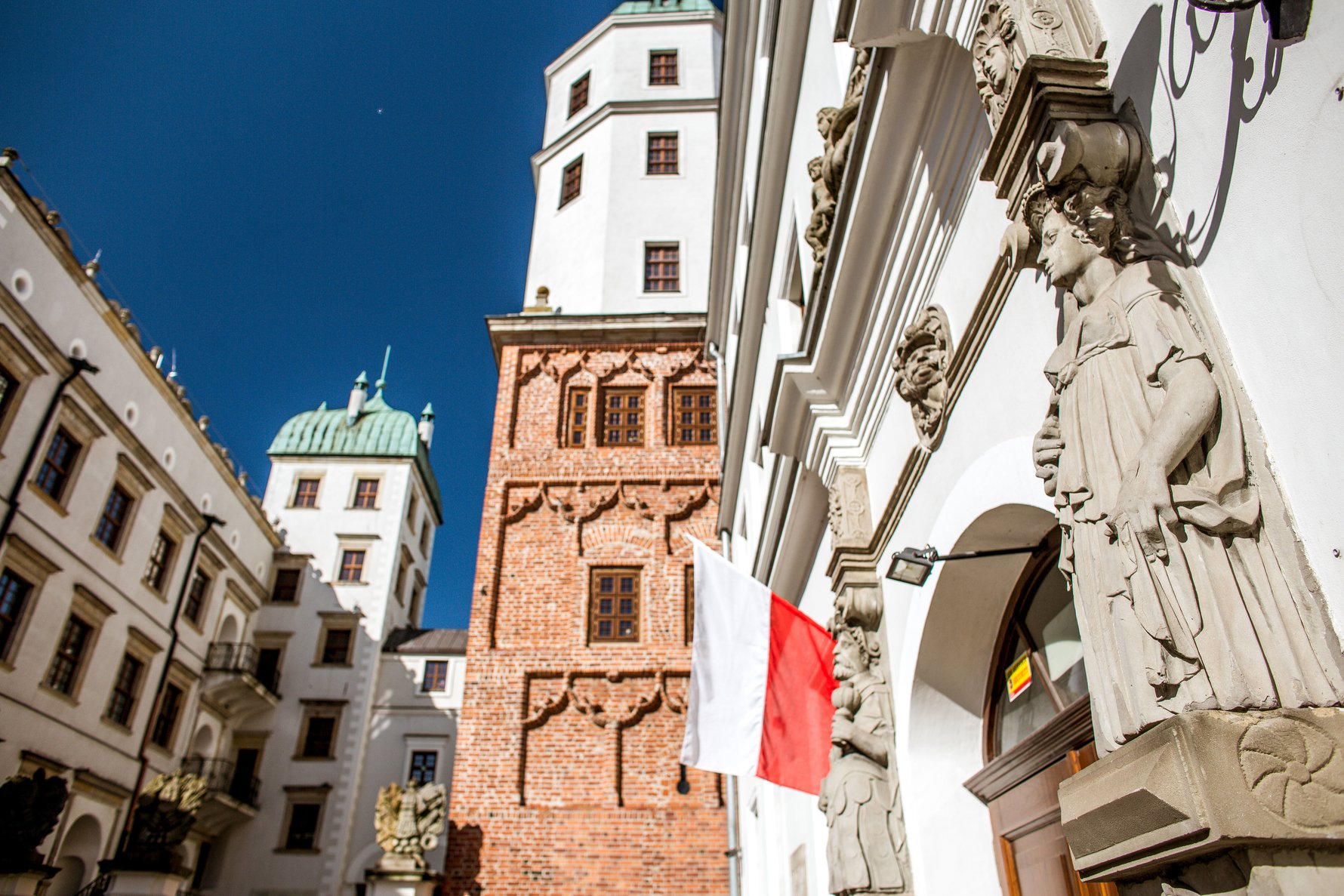
When did Szczecin become a part of Poland?
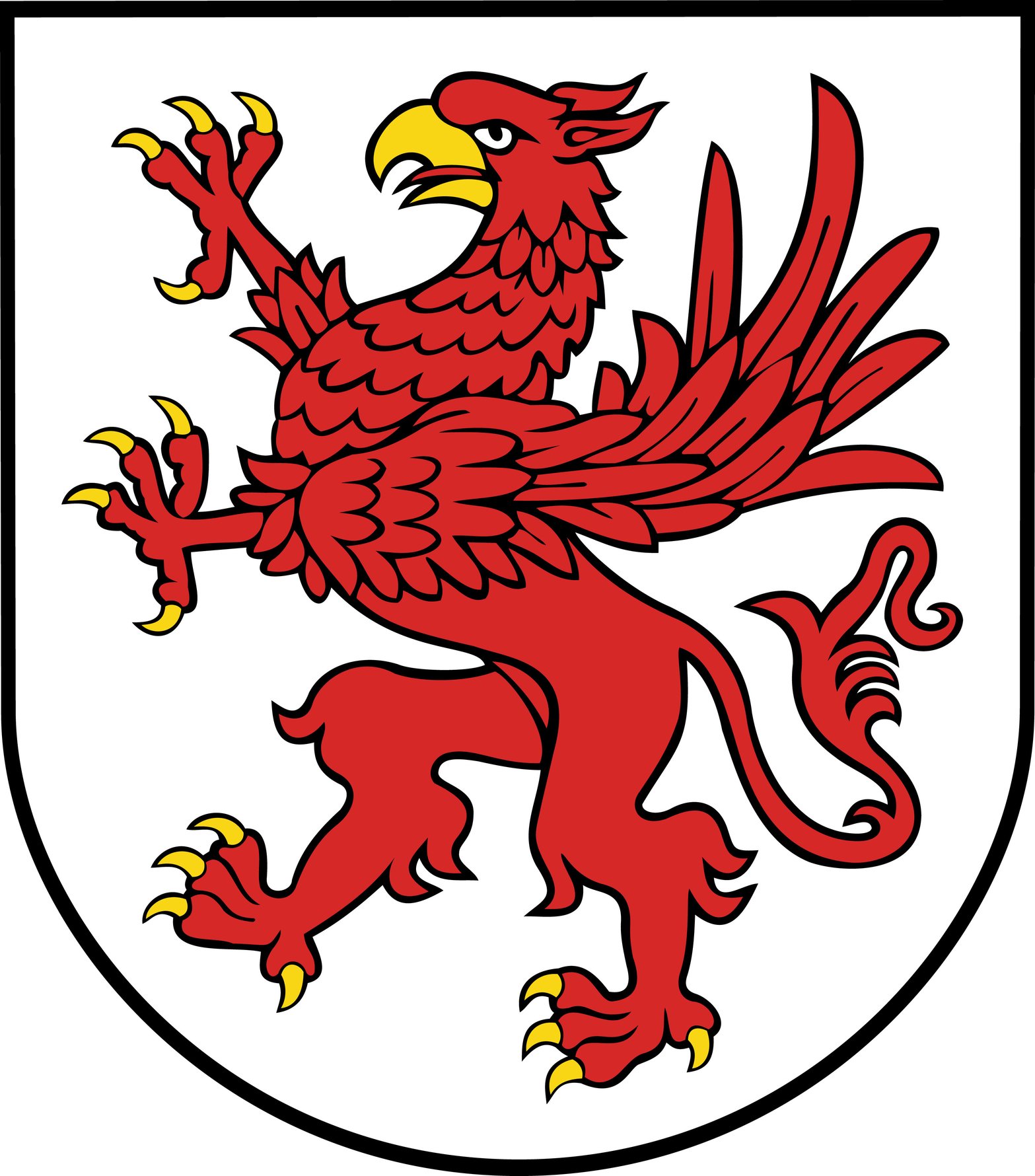
|
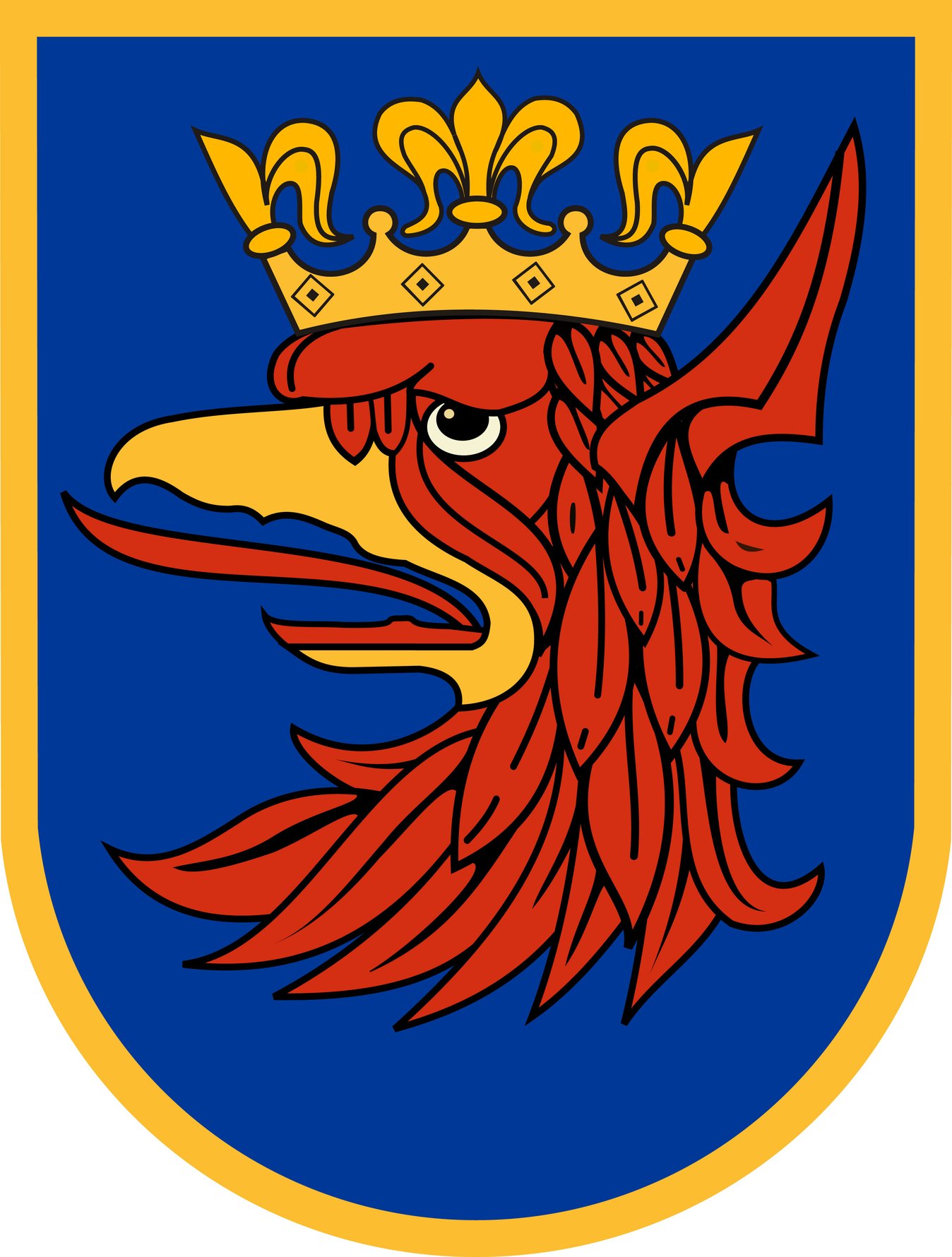
|
Danish and Holy Roman Rule of Szczecin/Stettin and Pomerania
Then began a dance-off between the Holy Roman Empire and Denmark, the latter of which periodically controlled Pomerania into the 13th century, and Stettin was completely destroyed and rebuilt in the process. Stettin appeared as '
Burstaborg
' (meaning 'bristle mountain', a mistranslation of 'Szczecin' in Danish) in the Icelandic 'Saga of Cnut's Descendants', which glorified Dano-Icelandic conquests. After Denmark finally relented control in 1235, a period of high migration from various parts of the Holy Roman Empire, known in German as 'Ostsiedlung', saw the Stettin grow rapidly and its inclusion into
the federation of Wendish towns
(a precursor to the economic network known as the Hanseatic League) saw increased trade and prosperity. However, Slavs were being treated as second class citizens - forced to settle in separate neighbourhoods from their German counterparts, subjected to increased taxes and excluded from economic and artisan guilds. Jews, who had been granted settlement rights under the Magdeburg law, were restricted to living outside the town walls entirely.
Swedish Pomerania and Szczecin/Stettin during the Thirty Years War
In the late 16th century, as Szczecin came to rival other Holy Roman cities like Berlin and Leipzig in size, a new power began to emerge across the Baltic - the Swedish Empire. While the Polish-Swedish War ravaged the Baltic coast of the Polish-Lithuanian Commonwealth, Pomerania opted for a more-peaceful resolution. Bogusław XIV signed the Treaty of Stettin in 1630, agreeing to an alliance with (and occupation by) the Swedish Empire. This coincided with Sweden's entry into the 'Thirty Years War' which had seen the Catholic Holy Roman Empire in conflict with other Protestant nations since 1618. Bogusław XIV was also the last of the Griffin dukes, dying heirless in 1637. Following the end of the Thirty Years War in 1648, Sweden lost the eastern half of Pomerania to Brandenburg, which would eventually evolve into the Kingdom of Prussia. Thus, Stettin was fortified as the Swedish Pomeranian capital and was besieged by Austrian and Danish forces during the Scanian War (1675–1679). A key part of the west fortification wall is where
Wały Chrobrego
stands today. The decline of the Swedish Empire in the early 18th century saw Prussia absorb Western Pomerania into its territory in 1720.

On the far right, you can see Danzig (Gdańsk) falling just within Polish-Lithuanian territory.
The Prussian History of Szczecin/Stettin
And so began the Prussian phase of Stettin's history. The Kingdom of Prussia, born from a union between the German states of Brandenburg and the Duchy of Prussia, surged into power in the 18th century and continued to consolidate its gains during
the partitions of the Polish-Lithuanian Commonwealth
. With the exception of Napoleon's occupation of Stettin between 1806 and 1813, the city was effectively Prussian-German until the end of WWI. Jews living in Pomerania were granted Prussian citizenship and, for the first time ever, were allowed to settle within the city walls in 1814 followed by the construction of a synagogue in 1834. By 1816, Stettin had a population of close to 26,000 inhabitants.
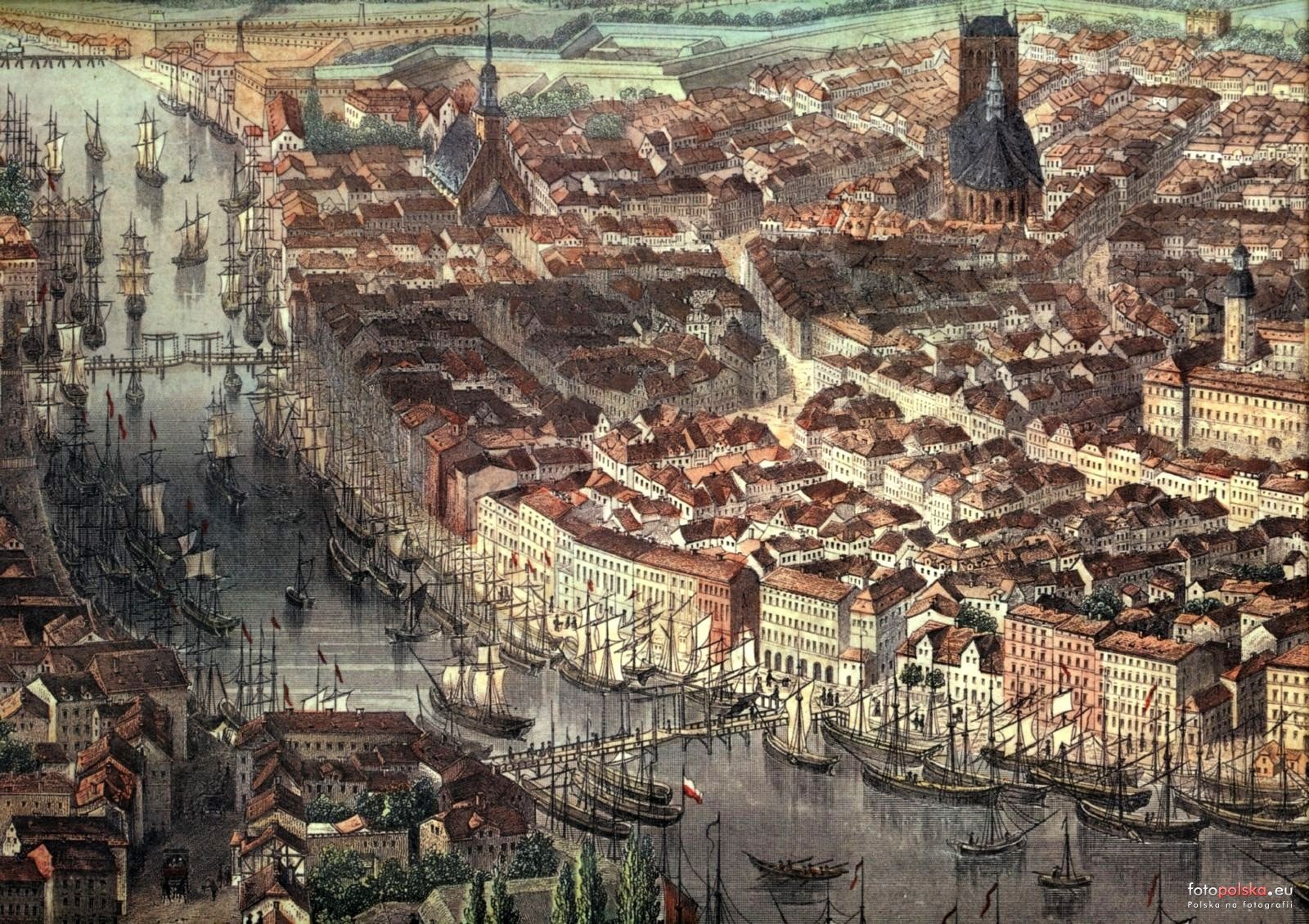
Szczecin (then Stettin), along with other 21st-century Polish cities like Bydgoszcz (then Bromberg), Poznań (then Posen) and Wrocław (then Breslau), experienced a huge amount of development and economic prosperity, particularly in the 19th century, thanks to Prussian investment. By the time of the Prussian-led unification of Germany in 1871, Stettin was the German Empire's major port on the Baltic. The huge focus placed on growing Stettin's port infrastructure resulted in the district of Łasztownia being overhauled, replacing run-down 18th-century buildings with newer ones in the Art Nouveau style.

Connecting other major centres by railway was equally as important as Germany's seatrade, which is why the city finally got a railway service in 1843. As Europe became mad about tram technology, Prussia took advantage of public works opportunities in its newer eastern cities and began implementing tram networks. Stettin had its first horse-drawn tram in 1879 and, later, its first electric tram in 1896. By the turn of the century, Szczecin had 7 tram lines and this number would continue to grow.






